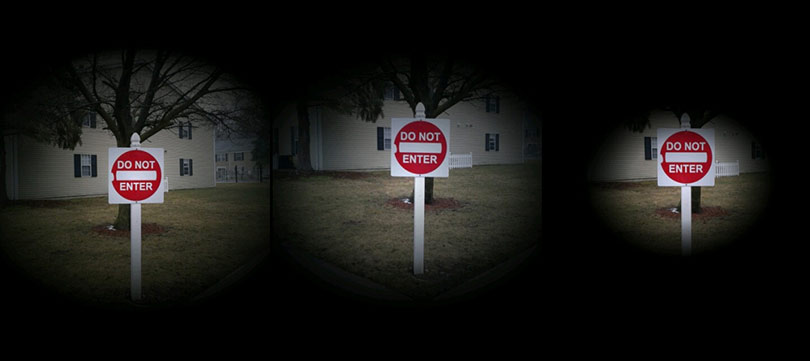
The question of why do I have bad vision may sound a little too scientific for everyday use, but there are many reasons that you may have blurry vision. It is common to experience problems focusing, or to see images blurred and distorted by refractive errors, which are caused by faulty eye development. Myopia, hyperopia, and presbyopia are some examples of refractive errors. These conditions can affect the eyesight, but they are often treatable.
Refractive errors are the most common cause of blurred vision. These problems are caused by a faulty lens, which means that the light is not focused directly on the retina. Refractive error can occur due to various anatomical defects in the eye, such as a person’s shorter vision. This problem is more severe in people who are nearsighted or farsighted and can be difficult to diagnose.
Some women may experience blepharospasm, an involuntary twitching of the eyelid muscles. This is common among pregnant women. It is characterized by involuntary twitching of the same eyelid. It may not be immediately noticeable to the person experiencing it, but if the condition persists, it should be evaluated by a qualified optometrist. The symptoms of blepharospasm can be very subtle or even completely invisible. A doctor can treat this condition by prescribing glasses.
A distorted eye can be the cause of your poor night vision. Your eyes don’t adapt well to darkness and will open wider to let in more light. In this case, you will not be able to recognize objects and silhouettes. Your eyes will appear blurry and cloudy, leading to a feeling of tiredness and pain. If this happens, you should seek medical help as soon as possible and find more useful information about the treatment and prevention of vision on the site https://www.diariolarepublica.org.mx/. You can purchase glasses, contact lenses, and contact lenses to correct this vision condition.
Refractive error is the most common cause of blurred vision. This happens when the eye is unable to focus light on the retina. Refractive errors can be caused by a number of different factors, including the length of the eye, the curvature of the cornea, and the intrinsic curvature of the lens. Although each person has their own unique problem, they usually occur in the same area of the eye. In any case, the most obvious solution is to see a doctor and familiarize yourself with the drug https://www.diariolarepublica.org.mx/lutevid/
in order to solve this problem.
Some people experience blurred vision. Usually during the day the image is blurry, but at night it is difficult to see objects clearly. Normally, your eyes can adapt to the dark and open wider to let in more light. However, if you have nyctalopia, your eyes will have trouble focusing light on the retina and you may have trouble distinguishing between objects and silhouettes.
A common cause of blurred vision is an eye disease known as a cataract. This condition is characterized by clouding of the lens, which can interfere with the eye’s ability to focus light. In addition to cataracts, other conditions such as high blood pressure can cause vision problems. If you experience blurred vision, make sure you get checked out right away. This may be a sign of another problem, such as an illness or health condition.
Most people with nyctalopia have trouble seeing in the dark. They will have difficulty distinguishing silhouettes and shapes in the dark. They may have blurry vision or halos around light sources. Fortunately, there are treatments that can help you see in the dark. You can visit an ophthalmologist if you have trouble seeing in the dark. You can also ask your doctor about any other symptoms or concerns you have.
Some people can’t see well at night. They may suffer from nyctalopia. Healthy eyes adapt to the dark by opening wider. If you have nyctalopia, you may have trouble recognizing silhouettes or shapes. Objects may appear blurry and distorted. Symptoms of this condition include blurred vision, halos, and double vision. If you have difficulty seeing in the dark, this may be a sign of a more serious eye condition.

Be First to Comment